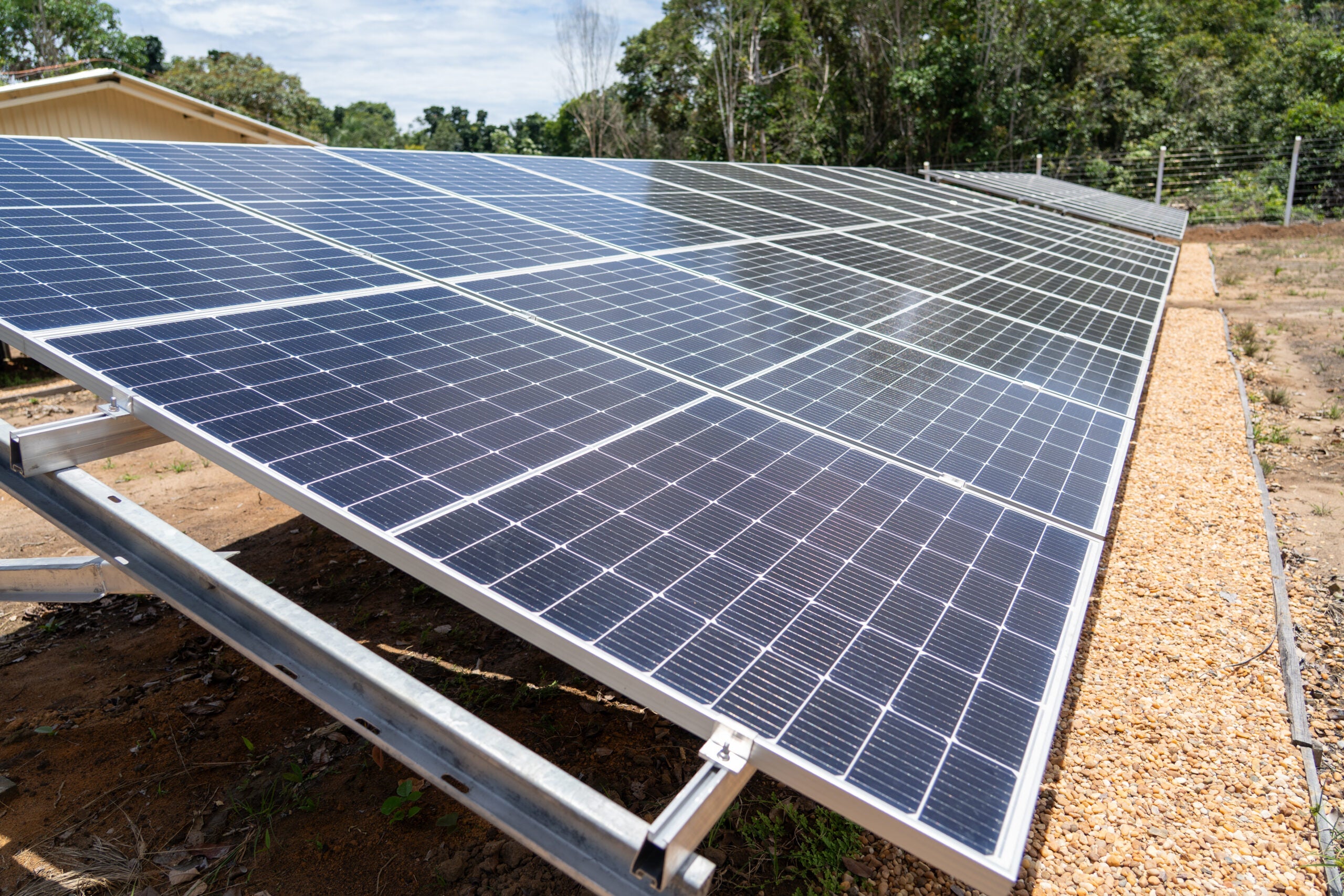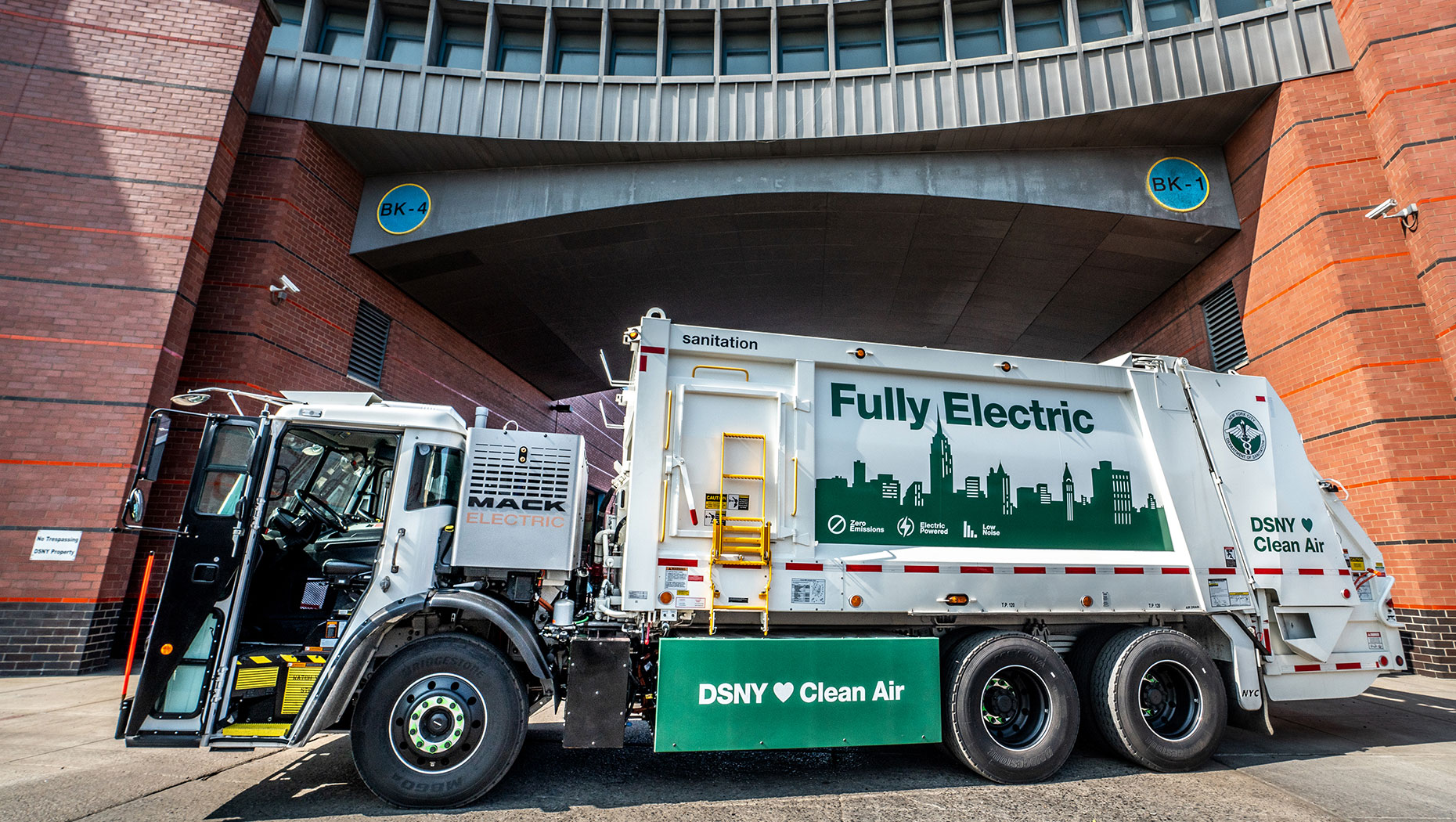Zambia Advances Rural Electrification through ZEDSI Programme Supporting Sustainable Development Goals

Overview of Funding and Project Scope
- Over US$1.1 million awarded to OnePower Zambia, Renwasol/Solar23, and Engie Energy Access Zambia (Power Corner Zambia) through the Zambia Energy Demand Stimulation Incentive (ZEDSI) programme.
Lusaka, Zambia | June 25, 2025 – Sustainable Energy for All (SEforALL), supported by The Rockefeller Foundation and administered via the United Nations Office for Project Services (UNOPS), announced the first private-sector mini-grid agreements under the ZEDSI programme. This funding round supports the development and operation of 43 solar-powered mini-grids aimed at delivering reliable, affordable, and clean energy to underserved rural communities in Zambia.
Alignment with Sustainable Development Goals (SDGs)
The ZEDSI programme directly contributes to the achievement of SDG 7: Affordable and Clean Energy by expanding access to sustainable energy solutions. It also supports SDG 1: No Poverty, SDG 8: Decent Work and Economic Growth, and SDG 13: Climate Action through:
- Electrifying over 7,000 people in rural areas, contributing to Zambia’s goal of universal energy access by 2030.
- Stimulating productive use of electricity among small businesses and public institutions, fostering economic development.
- Promoting clean, renewable energy technologies that reduce carbon emissions and environmental impact.
Government Commitment and Rural Electrification Context
Alex Mbumba, Acting CEO of the Rural Electrification Authority (REA) in Zambia, emphasized the government’s commitment to ensuring no rural district is left behind. Currently, rural electrification in Zambia stands at 34%, significantly lower than the global average of over 80%. The ZEDSI programme addresses this gap by attracting investment and encouraging productive electricity use in rural communities.
Programme Objectives and Impact
- Support a pipeline of 100 high-impact solar mini-grids.
- Improve livelihoods of 30,000 Zambians directly and benefit up to 100,000 people overall.
- Encourage use of productive appliances such as milling machines, refrigerators, irrigation pumps, and power tools.
- Provide performance-based grants tied to actual energy consumption to ensure sustainability.
Private Sector Engagement and Innovation
Gillian-Alexandre Huart, CEO of Engie Energie Access, highlighted the essential role of the private sector in providing capital, innovation, and sustainable energy solutions. ZEDSI’s model supports developers in building viable off-grid businesses that deliver lasting community impact, making rural electrification bankable and beneficial for investors and communities alike.
Collaborative Efforts and Broader Energy Strategies
The ZEDSI programme complements Zambia’s broader energy strategies, including:
- The EU-backed Increased Access to Electricity and Renewable Energy Production (IAEREP) programme.
- The Rural Electrification Master Plan (REMP).
- The Zambia Renewable Energy Financing Framework.
- The Accelerating Sustainable and Clean Energy Transformation (ASCENT) program under Mission 300.
These initiatives collectively advance SDG 7 and contribute to the Paris Agreement goals by fostering clean energy transitions.
Statements from Key Stakeholders
- Damilola Ogunbiyi, CEO of SEforALL and UN Special Representative for Sustainable Energy for All, emphasized the importance of philanthropy, private sector, and government collaboration to scale rural electrification and economic development in Zambia.
- William Asiko, Vice President of The Rockefeller Foundation’s Africa Regional Office, praised the African-led innovation and local partnerships driving progress in energy access.
- Caroline Nijland, CEO of Renewable Energy and Water Solutions Limited (RENWASOL), described the programme as a catalyst for powering livelihoods and sustainable economic growth.
- Matthew Orosz, CEO of One Power Africa Limited, expressed excitement about building sustainable off-grid businesses serving rural communities.
- Helen Zulu, Country Director of Engie Energy Access Zambia (PowerCorner Zambia Limited), reaffirmed commitment to delivering clean, affordable electricity through smart mini-grids and digital innovation.
About the Zambia Energy Demand Stimulation Incentive (ZEDSI) Programme
ZEDSI incentivizes mini-grid developers to stimulate energy demand by supporting the productive use of electricity in rural communities. Grants are performance-based and channeled through the Universal Energy Facility (UEF), a multi-donor financing platform managed by SEforALL that promotes clean energy access aligned with SDG 7.
Learn more about ZEDSI application requirements here. Only eligible mini-grid developers registered and operating in Zambia may apply.
Organizational Profiles Supporting SDG 7 and Sustainable Energy Access
The Rockefeller Foundation
The Rockefeller Foundation is a philanthropic organization focused on advancing human opportunity and addressing the climate crisis through innovative partnerships in food, health, energy, and finance sectors. It supports initiatives that promote well-being and sustainable development globally.
Sustainable Energy for All (SEforALL)
SEforALL is an international organization hosted by UNOPS that collaborates with governments, private sector, financial institutions, and civil society to accelerate progress towards SDG 7. SEforALL champions universal access to affordable, reliable, sustainable, and modern energy by 2030 in alignment with the Paris Agreement.
Universal Energy Facility (UEF)
The UEF, managed by SEforALL, accelerates energy access across Sub-Saharan Africa by providing incentive payments to clean energy companies deploying mini-grids, stand-alone solar systems, and clean cooking solutions. Operating in six countries, including Zambia, the UEF has catalyzed over USD 17.2 million in commercial capital and connected nearly 9,000 electricity users, benefiting over 40,000 people and supporting thousands of businesses and public institutions.
This report is based on the original press release published by Sustainable Energy for All on June 25, 2025, reproduced with permission.
1. Sustainable Development Goals (SDGs) Addressed or Connected
- SDG 7: Affordable and Clean Energy
- The article focuses on increasing access to clean, reliable, and affordable energy in rural Zambia through mini-grid projects.
- It highlights efforts to electrify underserved communities and promote sustainable energy solutions.
- SDG 1: No Poverty
- By providing energy access, the initiative supports economic growth and job creation in rural areas, contributing to poverty reduction.
- SDG 8: Decent Work and Economic Growth
- Encourages productive use of electricity by small businesses and public institutions, fostering economic development.
- SDG 9: Industry, Innovation and Infrastructure
- Supports innovation in off-grid energy solutions and infrastructure development through mini-grids.
- SDG 13: Climate Action
- Promotes clean energy solutions aligned with the Paris Agreement to reduce carbon emissions.
2. Specific Targets Under Those SDGs Identified
- SDG 7 Targets:
- Target 7.1: By 2030, ensure universal access to affordable, reliable, and modern energy services.
- Target 7.2: Increase substantially the share of renewable energy in the global energy mix.
- Target 7.a: Enhance international cooperation to facilitate access to clean energy research and technology.
- SDG 1 Target:
- Target 1.2: Reduce at least by half the proportion of people living in poverty in all its dimensions.
- SDG 8 Targets:
- Target 8.2: Achieve higher levels of economic productivity through diversification, technological upgrading, and innovation.
- Target 8.3: Promote development-oriented policies that support productive activities and entrepreneurship.
- SDG 9 Target:
- Target 9.1: Develop quality, reliable, sustainable, and resilient infrastructure.
- SDG 13 Target:
- Target 13.2: Integrate climate change measures into national policies, strategies, and planning.
3. Indicators Mentioned or Implied to Measure Progress
- SDG 7 Indicators:
- Proportion of population with access to electricity (rural electrification rates in Zambia currently at 34%).
- Number of mini-grids developed and operational (43 mini-grids supported in the article).
- Number of people gaining access to clean energy (aim to bring energy to more than 7,000 people directly, benefiting up to 100,000).
- Energy use by productive appliances in rural communities (measured through performance-based grants tied to actual energy use).
- SDG 1 and 8 Indicators:
- Number of small businesses and public institutions using electricity for productive activities (e.g., milling machines, irrigation pumps).
- Number of jobs created or economic growth indicators linked to energy access.
- SDG 9 Indicators:
- Number of sustainable infrastructure projects (mini-grids) implemented.
- SDG 13 Indicators:
- Use of renewable energy sources in mini-grid projects (solar-powered mini-grids).
- Alignment with climate commitments such as the Paris Agreement.
4. Table of SDGs, Targets, and Indicators
| SDGs | Targets | Indicators |
|---|---|---|
| SDG 7: Affordable and Clean Energy |
|
|
| SDG 1: No Poverty |
|
|
| SDG 8: Decent Work and Economic Growth |
|
|
| SDG 9: Industry, Innovation and Infrastructure |
|
|
| SDG 13: Climate Action |
|
|
Source: rockefellerfoundation.org







